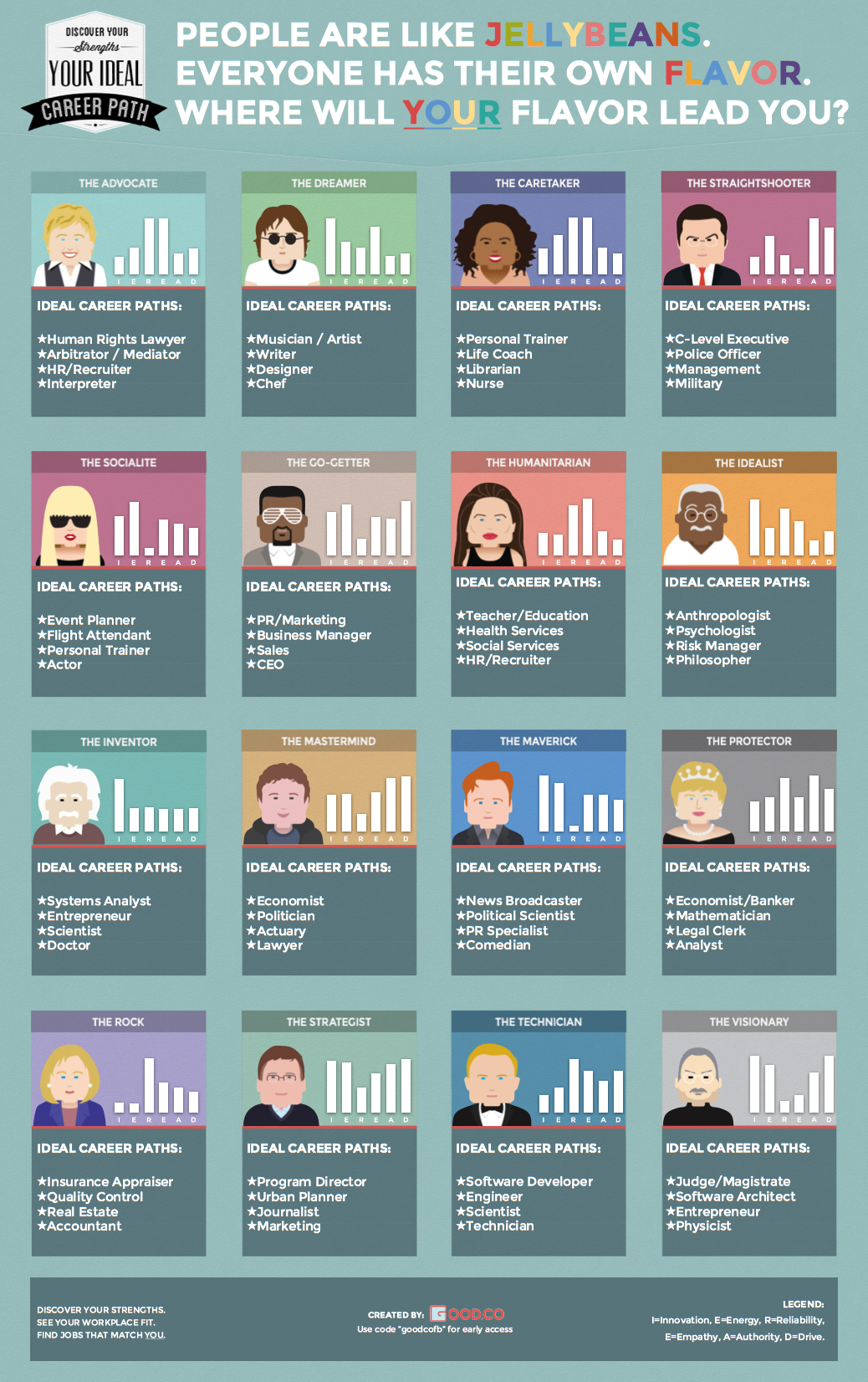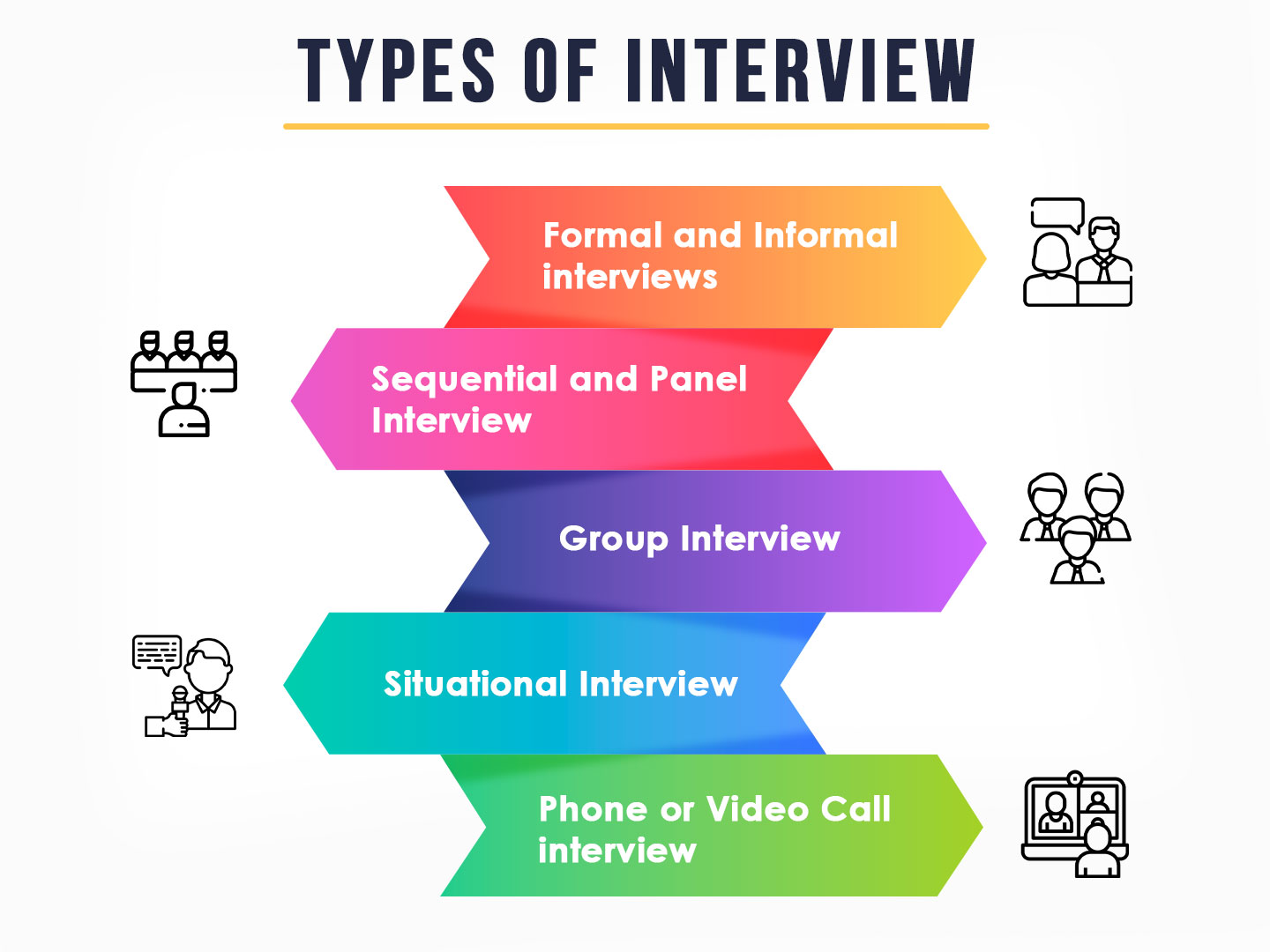What is Product Testing and Why is it a Dream Job for Many?
Product testing is a crucial step in the product development process, allowing companies to identify and fix defects, improve user experience, and ensure that their products meet the highest standards of quality. As a product tester, one has the opportunity to work with a wide range of products, from the latest smartphones and gadgets to innovative software and video games. Many people find this career path appealing due to the variety and challenge it presents, as well as the satisfaction of knowing that their work contributes to the creation of high-quality products that people use and enjoy every day.
For instance, imagine being one of the first people to get their hands on the latest iPhone or Samsung smartwatch, testing its features, and providing feedback to the manufacturer. This is just one example of the many exciting opportunities available to product testers. With the rise of e-commerce and online shopping, the demand for skilled product testers has never been higher, making it an excellent career choice for those who are passionate about technology, innovation, and quality assurance.
As a product tester, one can expect to work in a fast-paced environment, collaborating with cross-functional teams, including developers, designers, and project managers. The role requires a keen eye for detail, excellent analytical skills, and the ability to communicate effectively with stakeholders. If you’re looking for a career that combines technical skills, creativity, and problem-solving, then product testing might be the perfect fit for you.
So, if you’re interested in finding your job as a product tester, it’s essential to understand the skills and qualifications required for this role. In the next section, we’ll explore the essential skills and qualifications needed to become a successful product tester.
How to Get Started as a Product Tester: Essential Skills and Qualifications
To become a successful product tester, one needs to possess a combination of technical, analytical, and communication skills. Attention to detail is crucial, as product testers need to identify and report defects, bugs, and other issues that could impact the user experience. Analytical skills are also essential, as product testers need to analyze data, identify patterns, and draw conclusions about product performance.
Excellent communication skills are also vital, as product testers need to effectively communicate their findings to stakeholders, including developers, designers, and project managers. This may involve writing clear and concise test reports, creating bug reports, and presenting findings to teams.
In terms of qualifications, a degree in a relevant field such as computer science, engineering, or quality assurance can be beneficial. However, many product testers have also learned through online courses, boot camps, and on-the-job training. Experience with testing tools and methodologies, such as Agile and Scrum, can also be advantageous.
Product testers can find job opportunities in a variety of industries, including tech, gaming, and consumer goods. For example, companies like Apple, Google, and Amazon hire product testers to test their software, hardware, and services. Gaming companies like Electronic Arts and Activision also hire product testers to test their games and ensure they meet the highest standards of quality.
Additionally, product testers can also find job opportunities in industries such as finance, healthcare, and e-commerce. For instance, companies like PayPal and Stripe hire product testers to test their payment systems and ensure they are secure and reliable.
By possessing the right skills and qualifications, and being aware of the various job opportunities available, individuals can increase their chances of finding their job as a product tester and starting a successful career in this field.
Types of Product Testing Jobs: From Freelance to Full-Time Opportunities
Product testing jobs come in various forms, offering flexibility and opportunities for individuals to choose the type of work that suits their skills, interests, and lifestyle. Freelance product testing is a popular option, allowing individuals to work on a project-by-project basis, testing products and providing feedback to clients. Companies like UserTesting, TryMyUI, and BetaTesting offer freelance product testing opportunities, paying individuals for their time and feedback.
Part-time product testing jobs are also available, providing individuals with a regular schedule and a steady income. These jobs may involve testing products in a laboratory or office setting, working with a team to identify defects and improve product quality. Companies like Amazon and Google hire part-time product testers to test their products and services.
Full-time product testing jobs offer the most stability and security, providing individuals with a regular salary, benefits, and opportunities for career advancement. These jobs may involve leading a team of product testers, developing testing protocols, and collaborating with cross-functional teams to ensure product quality. Companies like Microsoft and Apple hire full-time product testers to test their software and hardware products.
Remote product testing jobs are also becoming increasingly popular, allowing individuals to work from home and test products in a virtual environment. This type of job requires strong technical skills, attention to detail, and excellent communication skills. Companies like IBM and Dell hire remote product testers to test their software and hardware products.
Regardless of the type of product testing job, individuals can expect to work in a fast-paced environment, collaborating with teams, and using a variety of testing tools and methodologies. By understanding the different types of product testing jobs available, individuals can make informed decisions about their career path and find job opportunities that align with their skills, interests, and goals.
How to Find Product Testing Job Openings: Top Job Boards and Resources
When searching for product testing job openings, it’s essential to utilize the right resources and job boards to increase your chances of finding a job that matches your skills and interests. Here are some top job boards and resources to help you get started:
LinkedIn is a popular job board that offers a wide range of product testing job openings. You can search for jobs by keyword, location, and industry, and also utilize LinkedIn’s job matching feature to find jobs that fit your skills and experience.
Indeed is another popular job board that aggregates job listings from thousands of websites and companies. You can search for product testing jobs by keyword, location, and industry, and also utilize Indeed’s resume upload feature to make it easy for employers to find you.
Glassdoor is a job board that not only lists job openings but also provides information about companies, salaries, and reviews from current and former employees. You can search for product testing jobs by keyword, location, and industry, and also utilize Glassdoor’s job matching feature to find jobs that fit your skills and experience.
In addition to these job boards, you can also search for product testing job openings on company websites, such as UserTesting, TryMyUI, and BetaTesting. These companies often list job openings on their websites, and you can also apply directly to these companies if you’re interested in working as a product tester.
To optimize your job search, make sure to use relevant keywords, such as “product tester,” “quality assurance,” and “software testing.” You can also utilize job search filters, such as location and industry, to narrow down your search results.
Creating a strong profile on job boards and company websites is also essential to increase your chances of getting hired. Make sure to highlight your relevant skills and experience, and also include a professional summary and a clear and concise resume.
What to Expect in a Product Testing Interview: Tips and Common Questions
When preparing for a product testing interview, it’s essential to understand what to expect and how to showcase your skills and experience. Here are some common questions and tips to help you prepare:
One of the most common questions asked in a product testing interview is “What do you know about our company?” This question is designed to test your knowledge of the company’s products, services, and mission. To answer this question effectively, research the company’s website, social media, and news articles to gain a deep understanding of their products and services.
Another common question is “Can you give an example of a time when you identified a product defect?” This question is designed to test your analytical skills and ability to identify defects. To answer this question effectively, provide a specific example of a time when you identified a defect, and explain how you reported it and what actions you took to resolve the issue.
Behavioral questions are also common in product testing interviews. These questions are designed to test your skills and experience in a real-world scenario. To answer behavioral questions effectively, use the STAR method: Situation, Task, Action, and Result. This method will help you provide a clear and concise answer that showcases your skills and experience.
In addition to common questions, it’s also essential to be prepared to ask questions during the interview. This shows that you’re interested in the company and the position, and it also gives you an opportunity to gain valuable information about the company and the role. Some examples of questions to ask during an interview include “What are the biggest challenges facing the product testing team?” or “Can you tell me more about the company culture?”
Finally, make sure to showcase your relevant skills and experience during the interview. Highlight your attention to detail, analytical skills, and excellent communication skills. Provide examples of your experience with testing tools and methodologies, and explain how you’ve applied these skills in previous roles.
How to Create a Strong Product Testing Portfolio: Examples and Best Practices
A strong portfolio is essential when applying for product testing jobs, as it showcases your skills and experience to potential employers. A well-crafted portfolio can help you stand out from the competition and demonstrate your value as a product tester.
So, what should you include in your portfolio? Here are some examples of what to include:
Test reports: Include examples of test reports you’ve written, highlighting your attention to detail and analytical skills. Make sure to redact any confidential information and focus on the testing process and results.
Bug reports: Include examples of bug reports you’ve written, showcasing your ability to identify and document defects. Again, make sure to redact any confidential information and focus on the testing process and results.
Product reviews: Include examples of product reviews you’ve written, highlighting your ability to evaluate products and provide constructive feedback. Make sure to focus on the product’s features, usability, and overall user experience.
Case studies: Include examples of case studies you’ve worked on, highlighting your ability to analyze complex problems and develop effective solutions. Make sure to focus on the testing process, results, and any lessons learned.
Best practices for creating a portfolio include:
Keep it concise: Keep your portfolio concise and to the point, focusing on the most relevant and impressive examples of your work.
Use visuals: Use visuals such as screenshots, diagrams, and flowcharts to help illustrate your points and make your portfolio more engaging.
Make it easy to navigate: Make it easy for potential employers to navigate your portfolio by using clear headings, concise descriptions, and easy-to-use navigation.
Keep it up-to-date: Keep your portfolio up-to-date by regularly adding new examples of your work and removing outdated or irrelevant content.
By following these best practices and including relevant examples of your work, you can create a strong portfolio that showcases your skills and experience as a product tester.
Staying Up-to-Date in the Product Testing Industry: Trends and Best Practices
The product testing industry is constantly evolving, with new technologies and methodologies emerging all the time. To stay ahead of the curve and remain competitive, it’s essential to stay up-to-date with the latest trends and best practices.
One of the most significant trends in product testing is the use of AI and automation tools. These tools can help streamline the testing process, reduce costs, and improve efficiency. For example, AI-powered testing tools can automatically generate test cases, execute tests, and report defects.
Another trend is the increasing importance of user experience (UX) testing. As products become more complex and user-centric, UX testing is becoming a critical component of the testing process. UX testing involves evaluating the usability, accessibility, and overall user experience of a product.
To stay up-to-date with the latest trends and best practices, there are several resources available. Industry blogs, such as TechCrunch and The Verge, provide insights into the latest technologies and methodologies. Conferences, such as the annual Product Testing Conference, offer opportunities to network with other professionals and learn from industry experts.
Online courses, such as those offered by Coursera and Udemy, provide training on specific skills and methodologies. These courses can help you stay up-to-date with the latest trends and best practices, and can also help you develop new skills and knowledge.
In addition to these resources, it’s also essential to stay connected with other professionals in the industry. Joining online communities, such as LinkedIn groups or Reddit forums, can provide opportunities to network with other professionals, ask questions, and share knowledge.
By staying up-to-date with the latest trends and best practices, you can remain competitive in the product testing industry and continue to grow and develop as a professional.
Conclusion: Turning Your Passion into a Career as a Product Tester
Product testing is a rewarding and challenging career path that offers a wide range of opportunities for growth and development. By following the tips and advice outlined in this article, you can turn your passion into a career and start working as a product tester.
Remember to stay up-to-date with the latest trends and best practices in the industry, and to continually develop your skills and knowledge. With dedication and hard work, you can succeed in this field and enjoy a fulfilling and rewarding career.
Some final tips for getting started and succeeding in the field of product testing include:
Stay curious and keep learning: The product testing industry is constantly evolving, so it’s essential to stay curious and keep learning. Stay up-to-date with the latest trends and best practices, and continually develop your skills and knowledge.
Build a strong network: Building a strong network of contacts in the industry can help you stay informed about job opportunities and best practices. Attend industry events, join online communities, and connect with other professionals in the field.
Be proactive: Don’t wait for opportunities to come to you – create your own. Reach out to companies and offer your services, and be proactive in seeking out new opportunities and challenges.
By following these tips and staying committed to your goals, you can turn your passion into a career and enjoy a fulfilling and rewarding career as a product tester.






